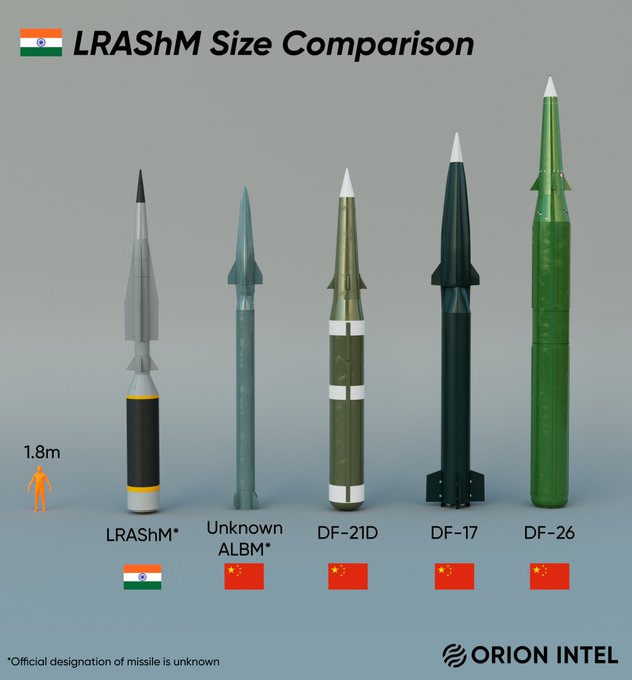Monthly Archives: January 2025
SOURCE: RAUNAK KUNDE / NEWS BEAT / IDRW.ORG


Following the successful completion of a significant defense contract with the Philippine Marine Corps (PMC), BrahMos Aerospace is now turning its attention to another potential deal, this time with the Philippine Army. This move comes as part of an expanding strategic partnership between India and the Philippines, focusing on bolstering the latter’s defense capabilities.
In a landmark deal, BrahMos Aerospace delivered the BrahMos supersonic cruise missiles to the PMC, enhancing their coastal defense capabilities. This contract, valued at around $375 million, was for three missile batteries, marking India’s first major defense export. The BrahMos missile system, known for its speed, precision, and versatility, has been instrumental in strengthening the Philippines’ stance against regional maritime threats, particularly in the contentious South China Sea.
Continue readingSOURCE: AFI


In a striking display of technological prowess, recent imagery and data have facilitated a size comparison between India’s latest hypersonic weapon, the Long Range Anti-Ship Missile (LRAShM), and two of China’s notable missile systems, the DF-21D and DF-17. This comparison not only sheds light on the physical dimensions of these weapons but also underscores the strategic implications in the context of regional maritime security, particularly in the Indian Ocean Region (IOR).
Developed by India’s Defence Research and Development Organisation (DRDO), the LRAShM is noted for its compact and streamlined design. The missile, tailored for anti-ship engagements, measures significantly less in size compared to its Chinese counterparts. With an estimated range of around 1500-2000 kilometers, the LRAShM is designed to be both agile and potent, especially when deployed from smaller platforms or in more constrained environments.
Continue readingSOURCE: AFI


The recent unveiling by China of its sixth-generation fighter jets and advanced fighter bombers has significantly escalated the global aerial arms race, putting considerable pressure on the United States to accelerate its own next-generation aircraft initiatives. Amidst this, the U.S. Air Force’s (USAF) Next Generation Air Dominance (NGAD) program stands as a critical initiative aimed at maintaining air superiority into the mid-21st century.
The NGAD program is not just about developing a new fighter jet; it’s envisioned as a “family of systems.” This approach includes a manned sixth-generation fighter jet, complemented by unmanned collaborative combat aircraft (CCAs), and advanced systems for command, control, communication, and intelligence. This holistic strategy is designed to create a network of capabilities rather than relying on a single platform, a shift from traditional aircraft development to a more integrated, multi-faceted approach. The goal is to deliver unmatched air superiority in highly contested environments, with initial operational capabilities expected in the 2030s.
Continue readingSOURCE: AFI


The Indian Navy’s newest addition, INS Tushil, a stealth missile frigate, is making its way back to India after its commissioning at the Yantar Shipyard in Kaliningrad, Russia, on December 9, 2024. Officials have stated that the ship is expected to reach India’s western coast by mid-February, marking another chapter in the country’s naval advancements.
During its maiden operational deployment, INS Tushil made a strategic port call in Casablanca, Morocco, on December 27. This visit was not merely a logistical stop but a significant move in bolstering the naval and diplomatic ties between India and Morocco. The visit underscores India’s commitment to fostering strong bilateral relations, particularly with maritime nations that share strategic interests along the Mediterranean and Atlantic coastlines.
Continue readingSOURCE: AFI


The Indian Army is gearing up to enhance its operational capabilities by inducting additional units of the Polaris RZR Pro XP 4, a high-performance all-terrain vehicle (ATV) renowned for its agility, power, and versatility. The decision to procure more of these vehicles underscores the Army’s commitment to modernizing its fleet to meet the demands of modern warfare across varied terrains.
Equipped with a 181 horsepower turbocharged engine, this vehicle provides exceptional power, making it ideal for quick responses and navigating challenging environments. It features an Xtreme Performance Isolated True On-Demand AWD/2WD system, allowing drivers to switch between all-wheel drive for tough terrains and two-wheel drive for better fuel efficiency on easier paths.
Continue reading